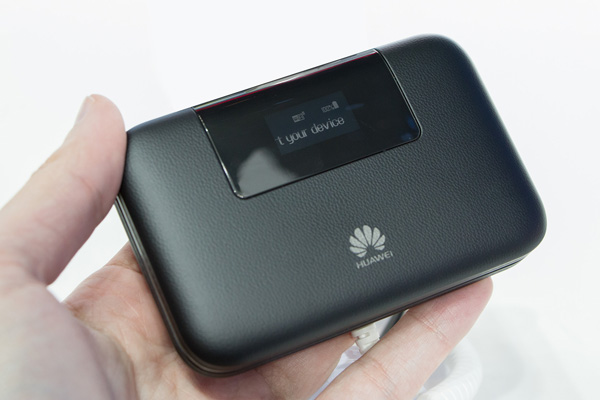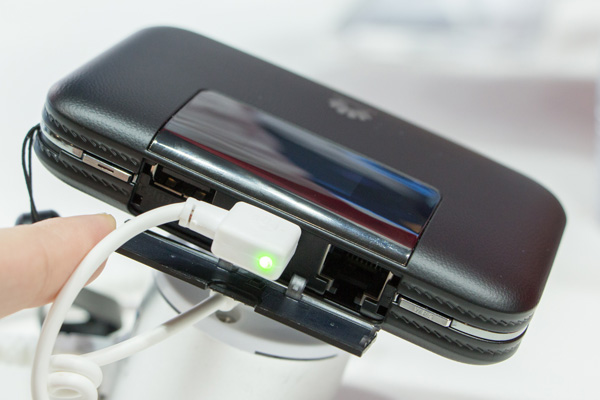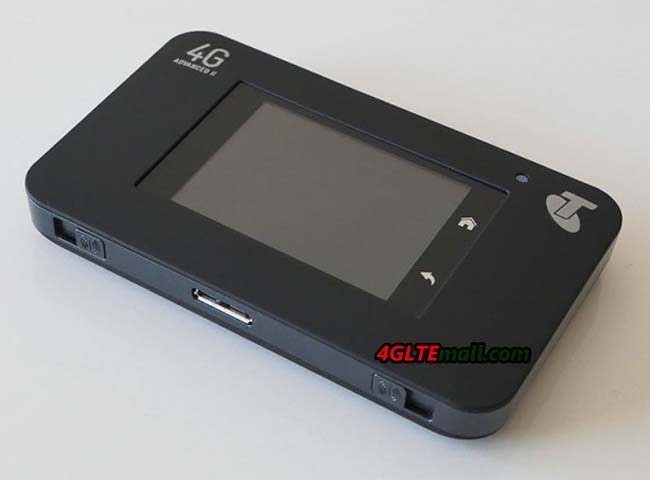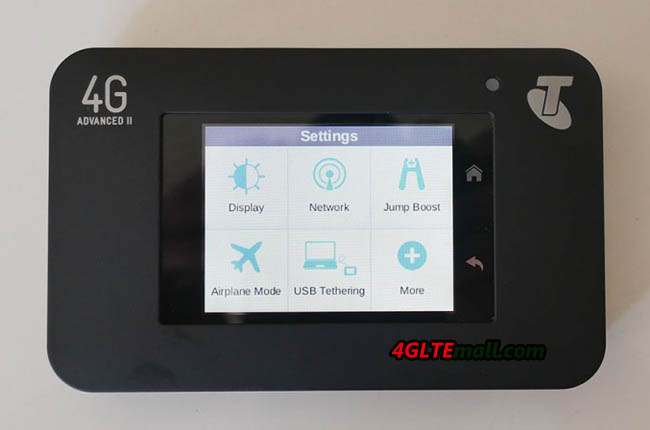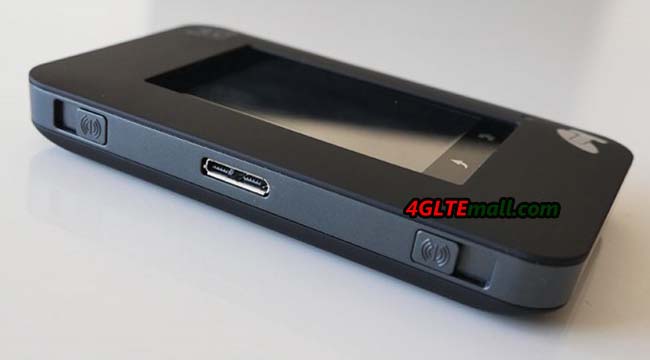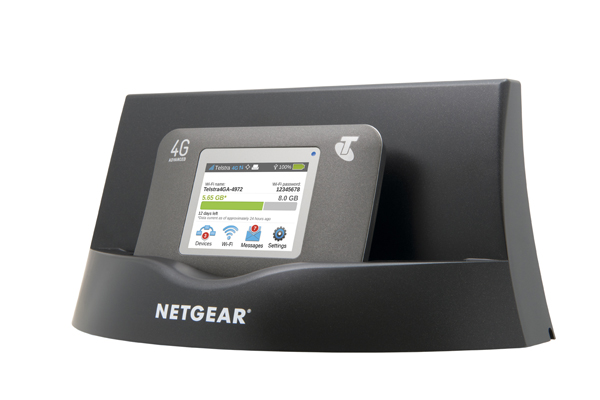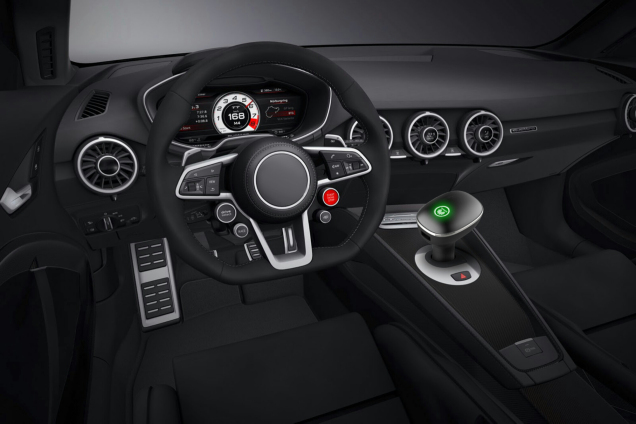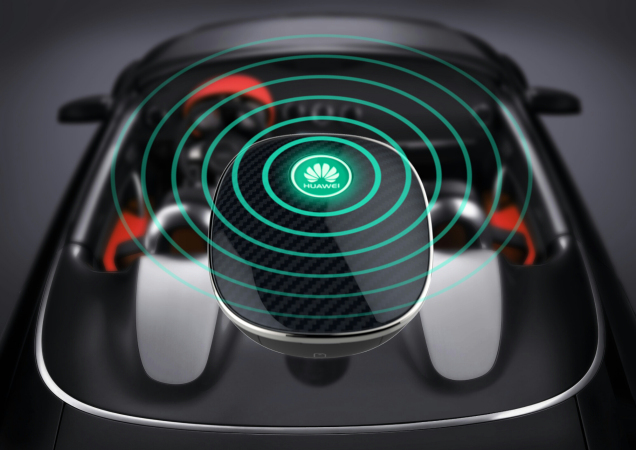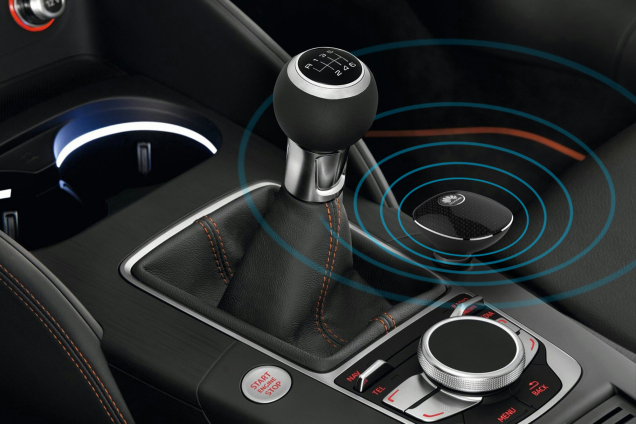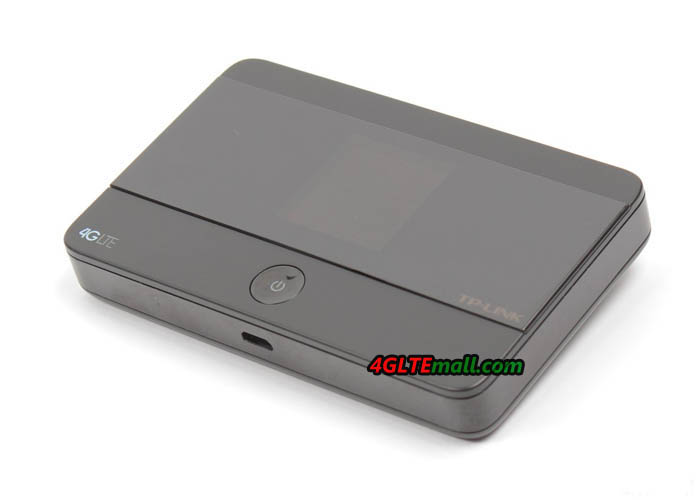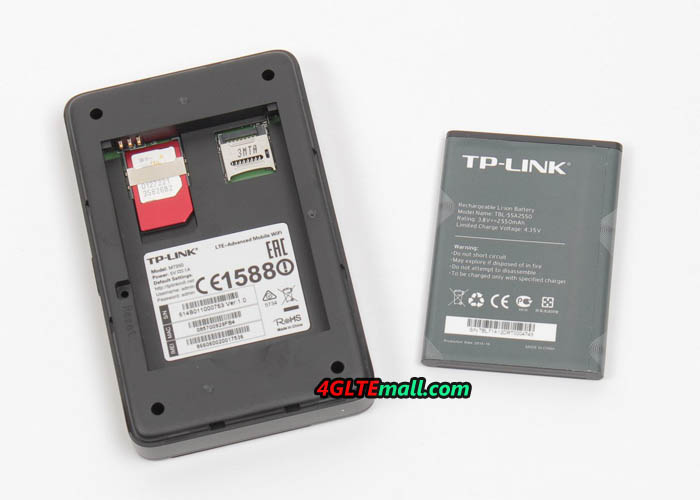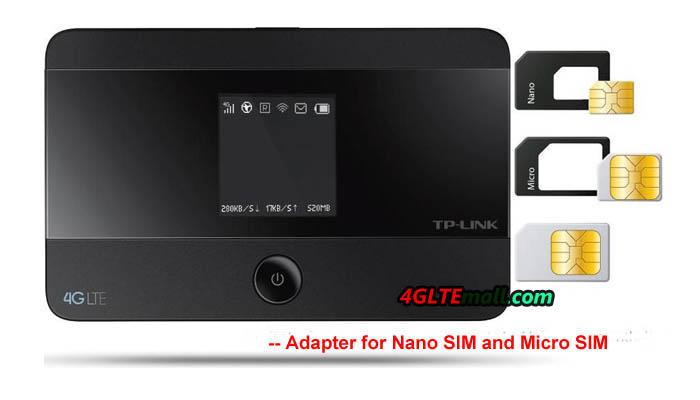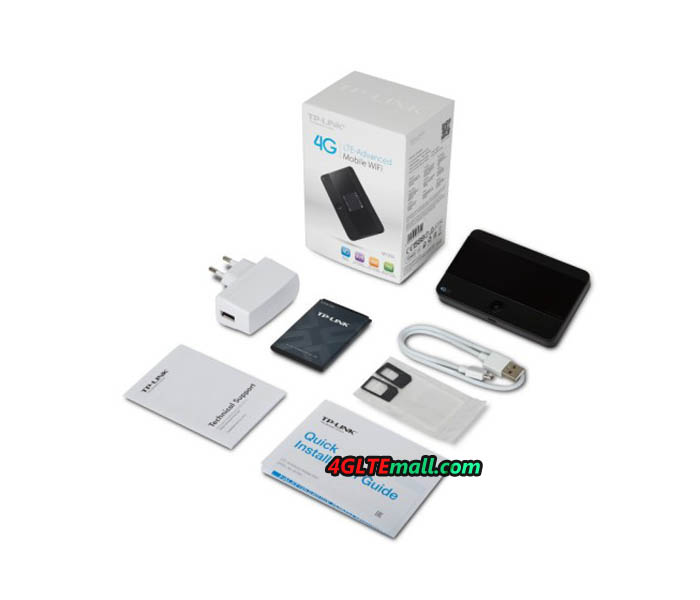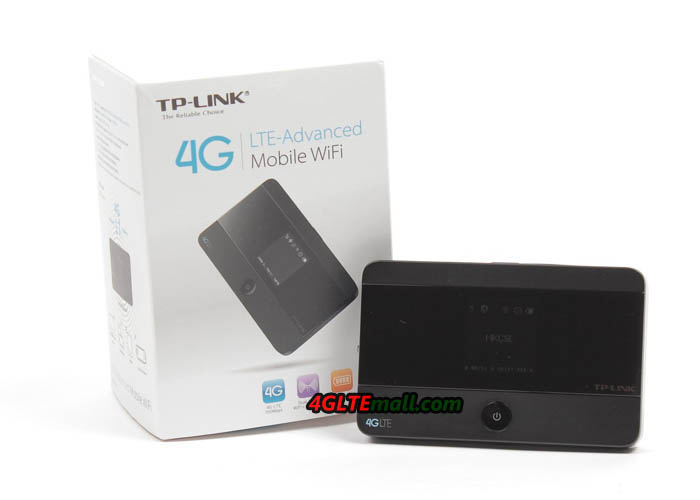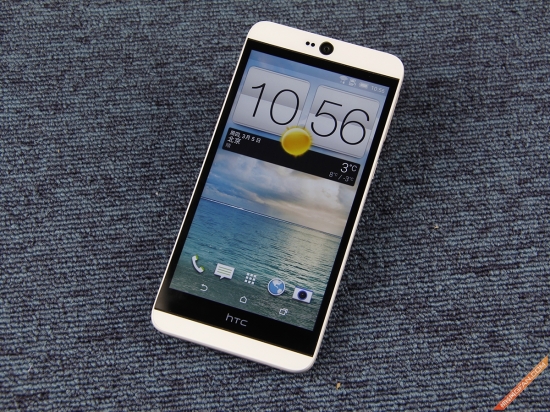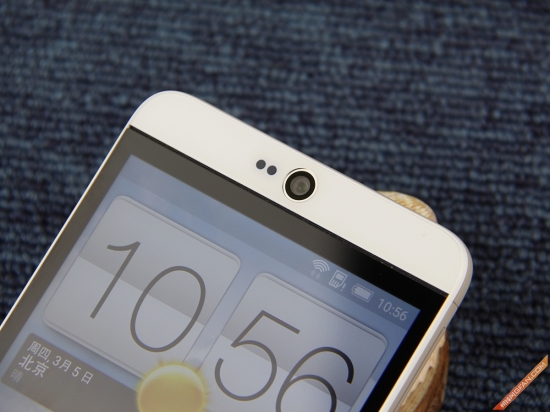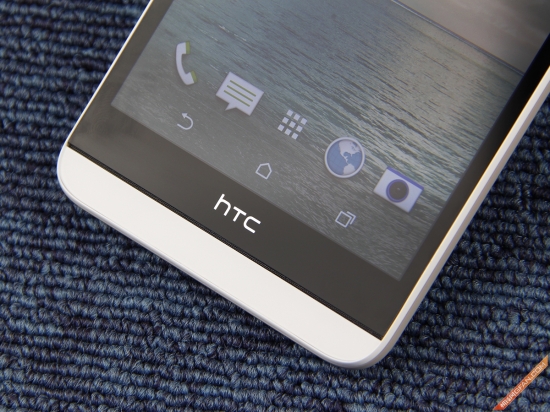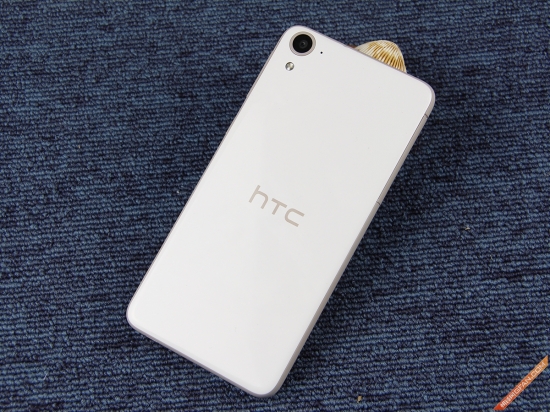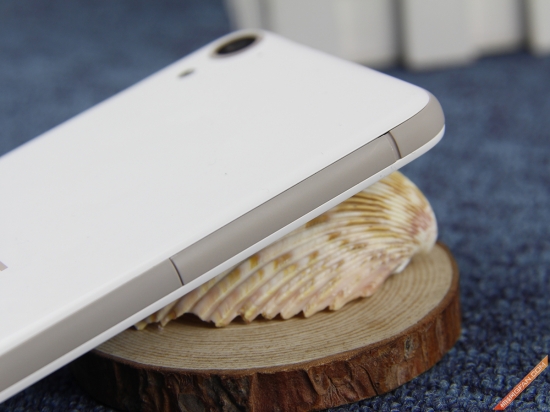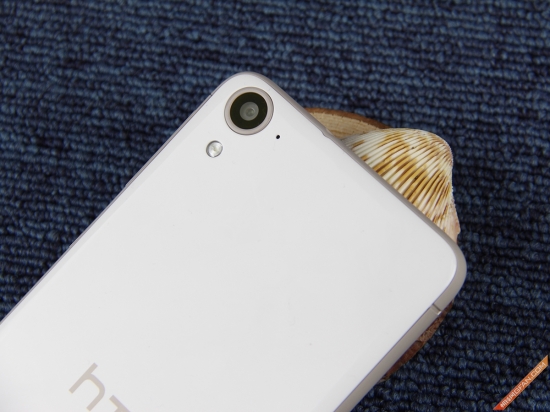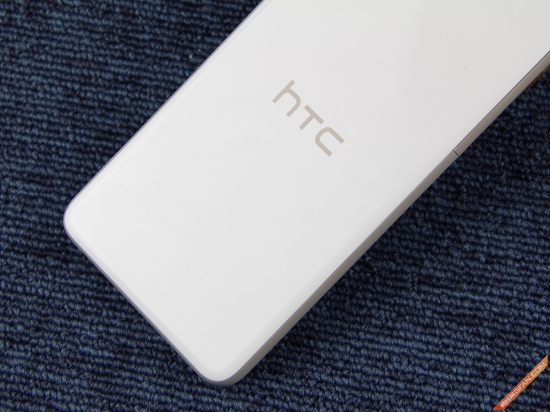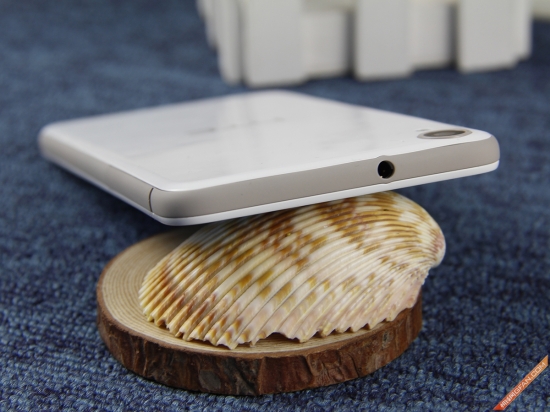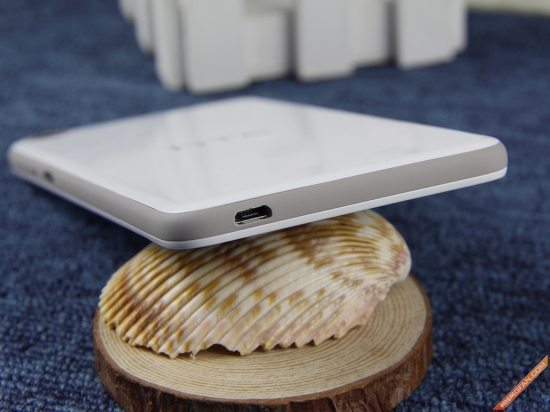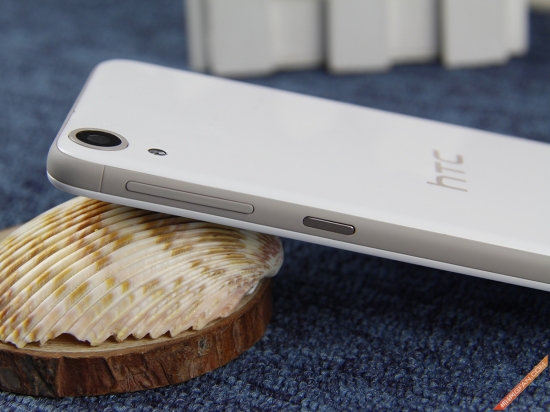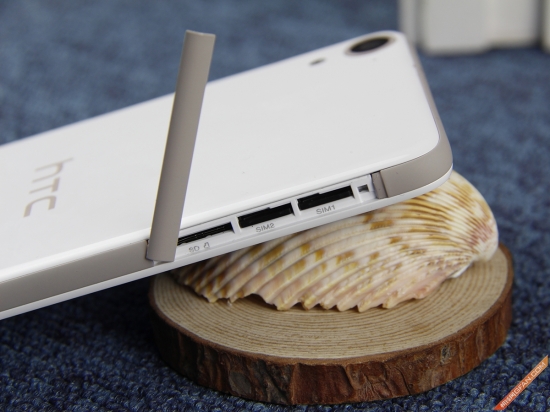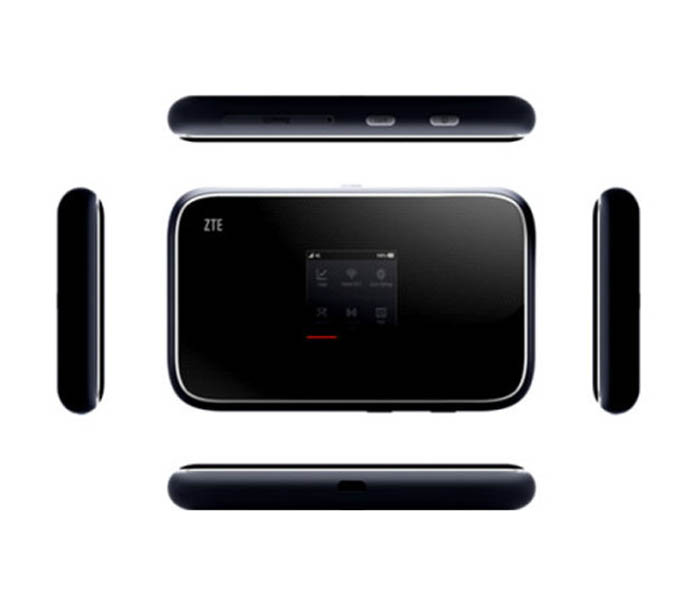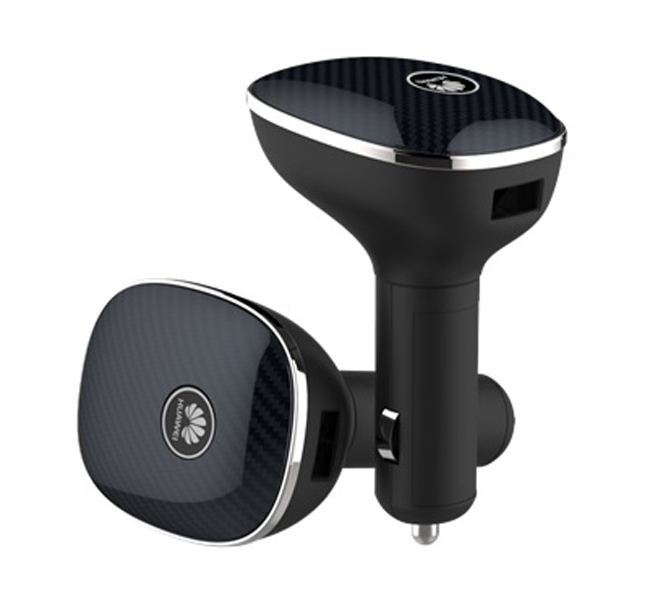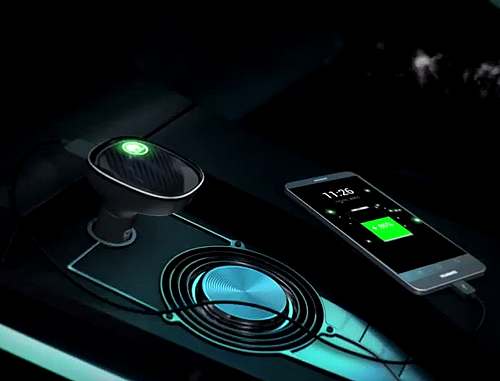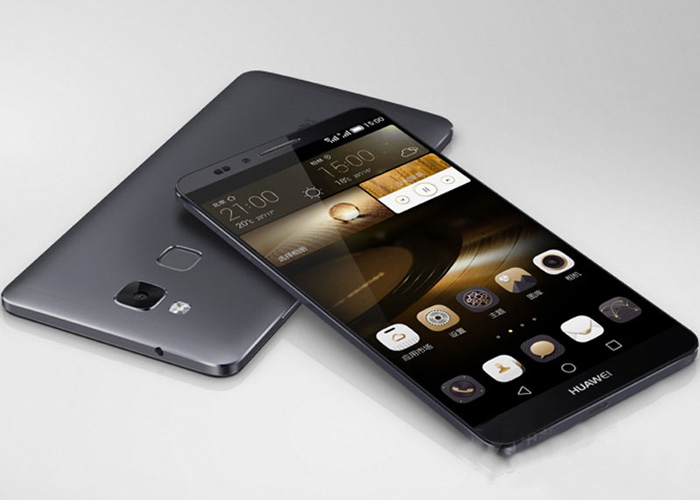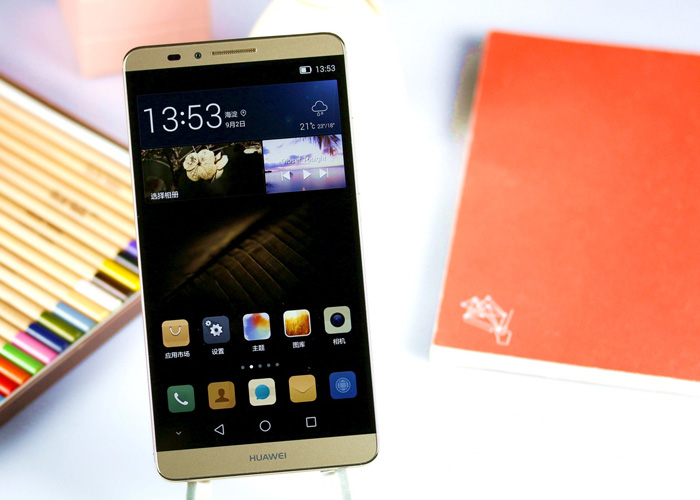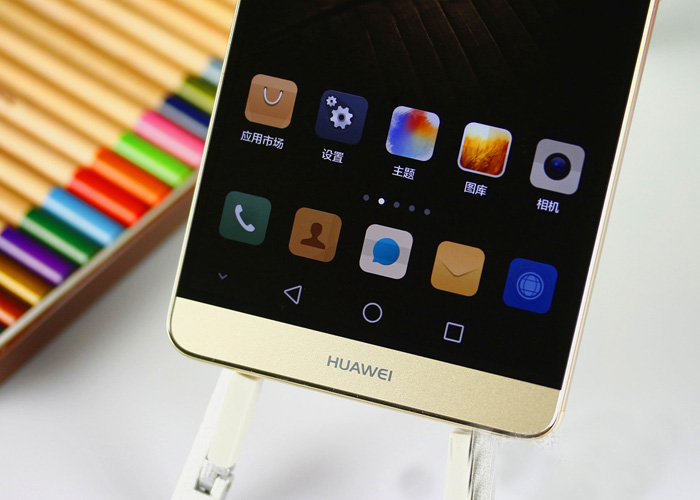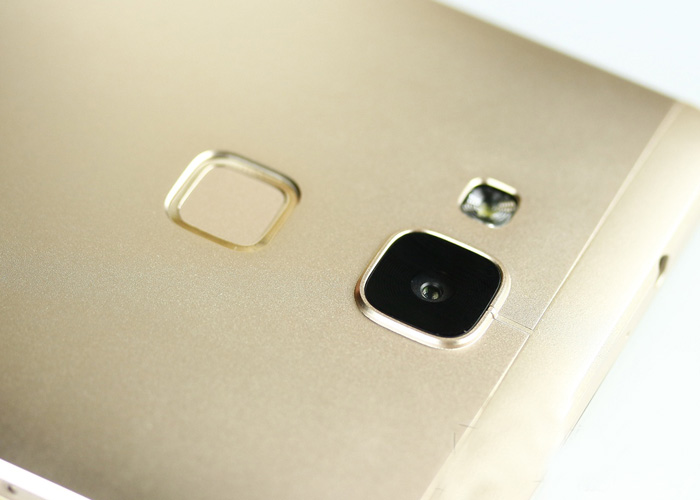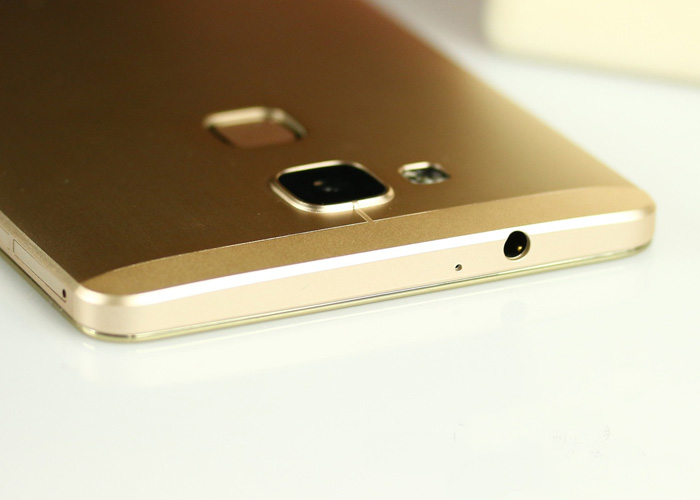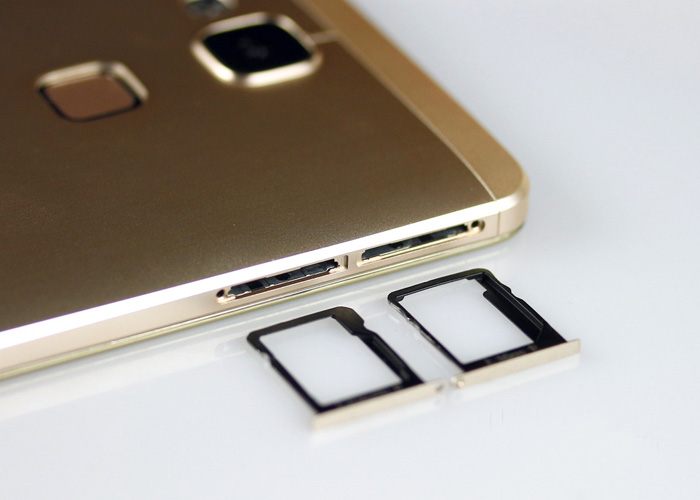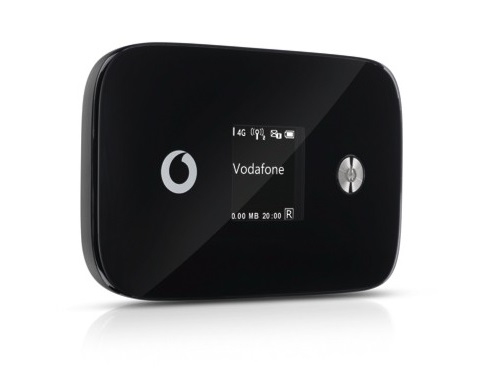The Vodafone R226 Mobile Wi-Fi hotspot is the first LTE router from Vodafone, which could support LTE Category 6 with up to 300 Mbit/s for downlink. Up to 10 devices can be connected wirelessly via Wi-Fi with fast Internet. A display on the front of the Vodafone R226 shows all status information such as the used data volume reliably. The built-in rechargeable battery provides an operating time of approximately 10 hours.
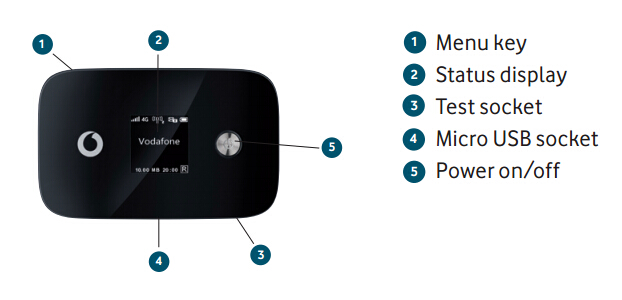
|
LTE features and characteristics of Vodafone R226 |
||
| Manufacturer and type designation | Huawei E5786 = Vodafone R226 | |
| Download to rate | 300 Mbit/s | |
| Upload to rate | 50 Mbit/s | |
| Compatible LTE bands | 800, 850, 900, 1800, 2100, 2600 MHz | |
| backward compatible with | LTE CAT 3 & 4, DC-HSPA+, HSPA+, HSDPA, UMTS, EDGE, GPRS, GSM | |
| Support for LTE-Advanced | Yes | |
| MIMO Support: | MIMO 2×2 | |
| Connector for external antenna | Yes; 2 antenna connectors TS-9 available(Buy Vodafone R226 Antenna) | |
| LTE Category | LTE Category 6 (CAT6) modem | |
| Chipset | Hisilicon | HPM Coretx A9 processor | |
| Wi-Fi standards | 802.11 a/b/g/n/ac (866 Mbit/s) | |
| Wireless Internet Hotspot function | yes – for up to 10 devices | |
| Others | ||
| Accumulator | 3000 mAh – not changeable (surfing to 10 hours) | |
| Dimensions (WxHxD) | 106 x 66 x 15.9 mm 145 grams | |
| USB standard | USB 2.0 | |
| Memory card expansion | Yes; MicroSD up to 32 GB | |
| Manual PDF | Refer to user manual for Huawei E5786 | |
| Test Report | ||
| Release | December 2014 | |
| available at | www.4gltemall.com | |
LTE-Advanced with 300 Mbit/s
The Vodafone R226 Router is made by the Chinese manufacturer Huawei E5786,which is the first devices for LTE Category 6 (LTE-Advanced), so that when the appropriate network available, the matching data rate speeds of up to 300 Mbit/s in the downlink and 50 Mbit/s Uplink are possible. Of course, the router is also backward compatible with older LTE expansion stages such as CAT3 (100 Mbps) and CAT4 (150 Mbps). The network technologies GSM and UMTS are supported, and in the UMTS network, up to 42.2 Mbit/s in the downlink is possible. LTE-Advanced will probably introduced from the first quarter of 2015 from Vodafone.
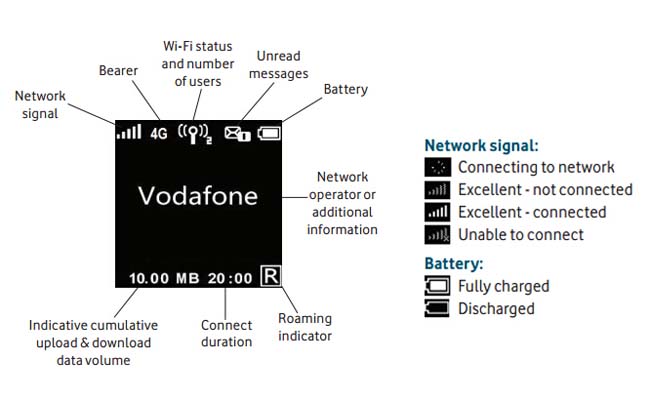
Wi Fi ac and powerful battery
Up to 10 devices can be simultaneously connected via Wi-Fi with the Vodafone R226, an eleventh device can be connected via microUSB. From the microUSB connector, the 3,000 mAh strong battery could be charged, which allows an operating time of up to 10 hours. An AC adapter and a USB cable are included, but the battery is unreplaceable. The WLAN module of the Vodafone R226 transmits both on 2.4 GHz and 5 GHz on (dual band). With a maximum speed of 866 Mbit/s (WLAN ac), the WLAN of the Vodafone R226 is very fast compared to other devices of this type, up to 300 Mbit/s high-speed Internet connection can thus be easily transferred to the terminal.
The Vodafone R226 looks absolutely identical to “Speedport Mini II “by Telekom, just carries the Vodafone logo. On the front of the Vodafone R226 is a large display that clearly displays a variety of information in black and white format. Thus, for example, we can see about the used data volume, online time or the battery level. The operation of the Vodafone R226 is done via the smartphone app “Vodafone Mobile Wi-Fi Monitor” or a web interface. User can enter the address 192.168.8.1 in the browser. If user want to improve reception, to connect an external antenna is possible. In addition, the Vodafone R226 provides a slot for a MicroSD memory card, so you can share files between multiple devices. The SIM card must be in micro-SIM format and is inserted under the cover on the back.
From the feedback of users, Vodafone R226 improves much than previous model such as R215 and R208. With the latest technology, Vodafone R226 would be reliable partner for travel.
